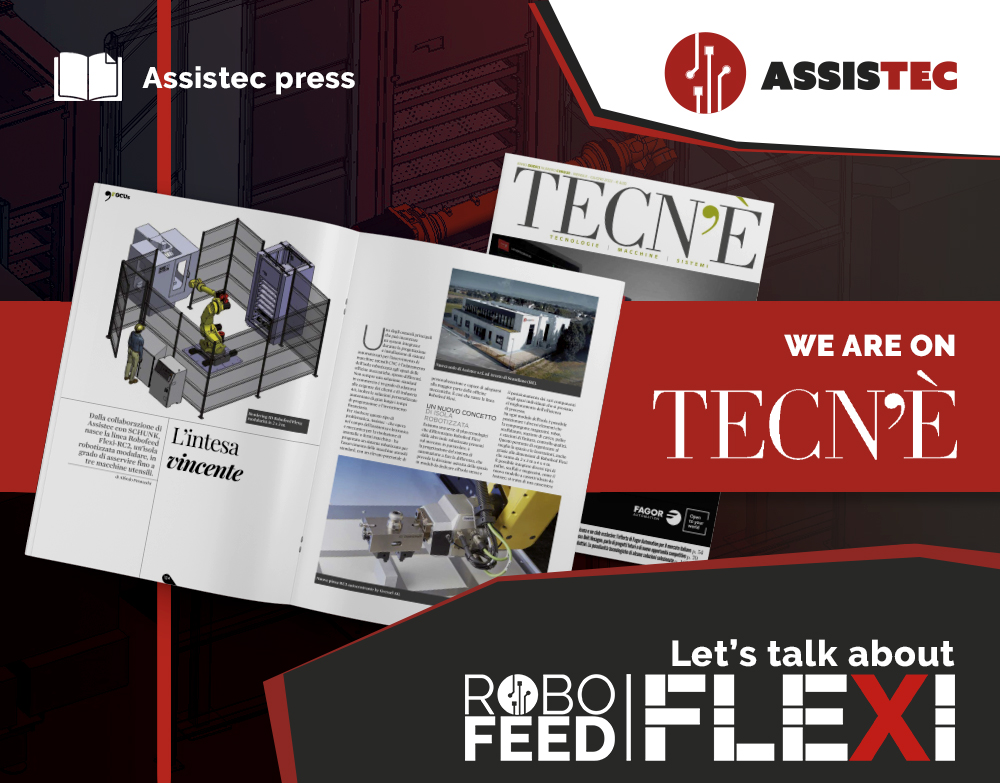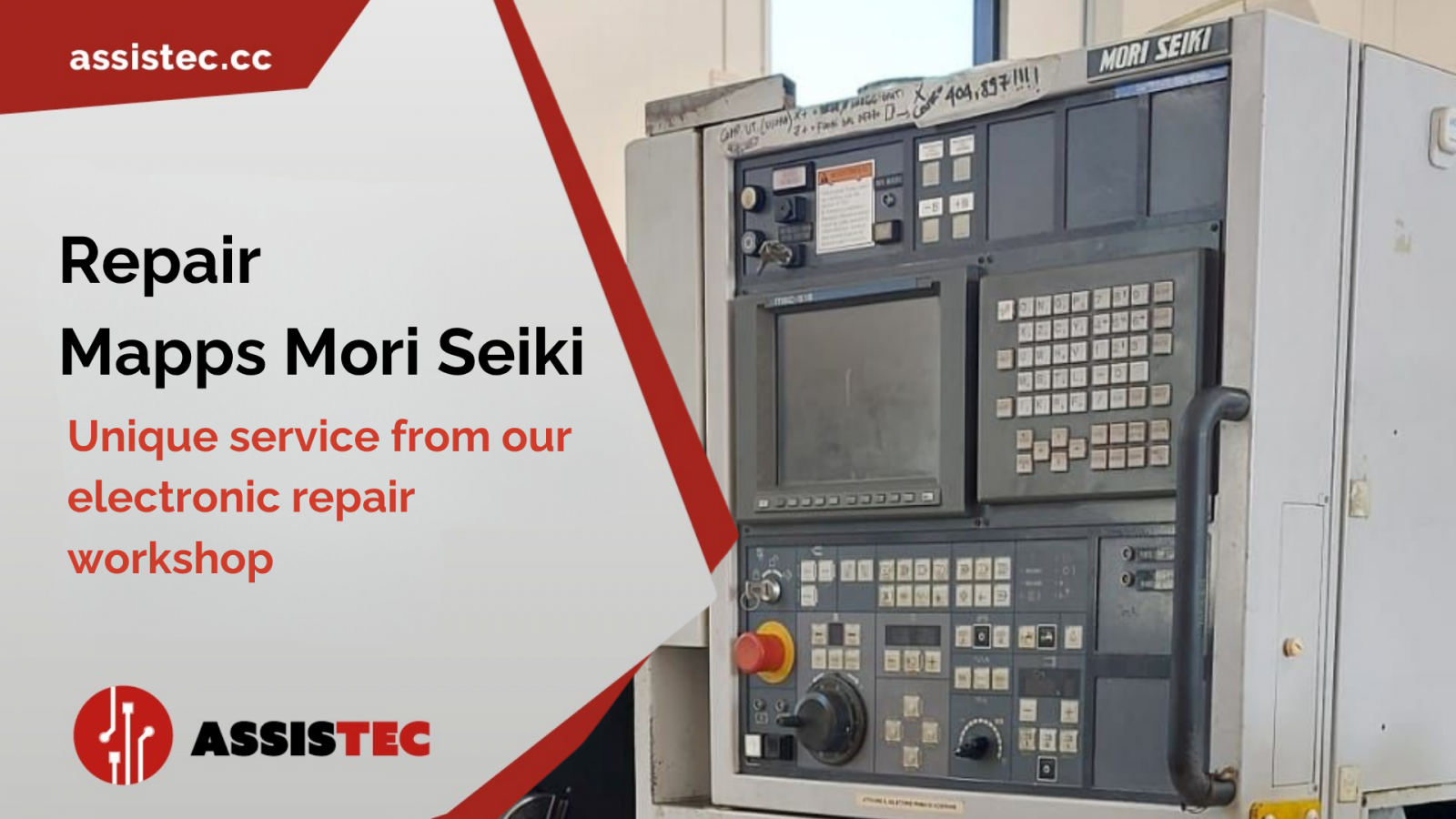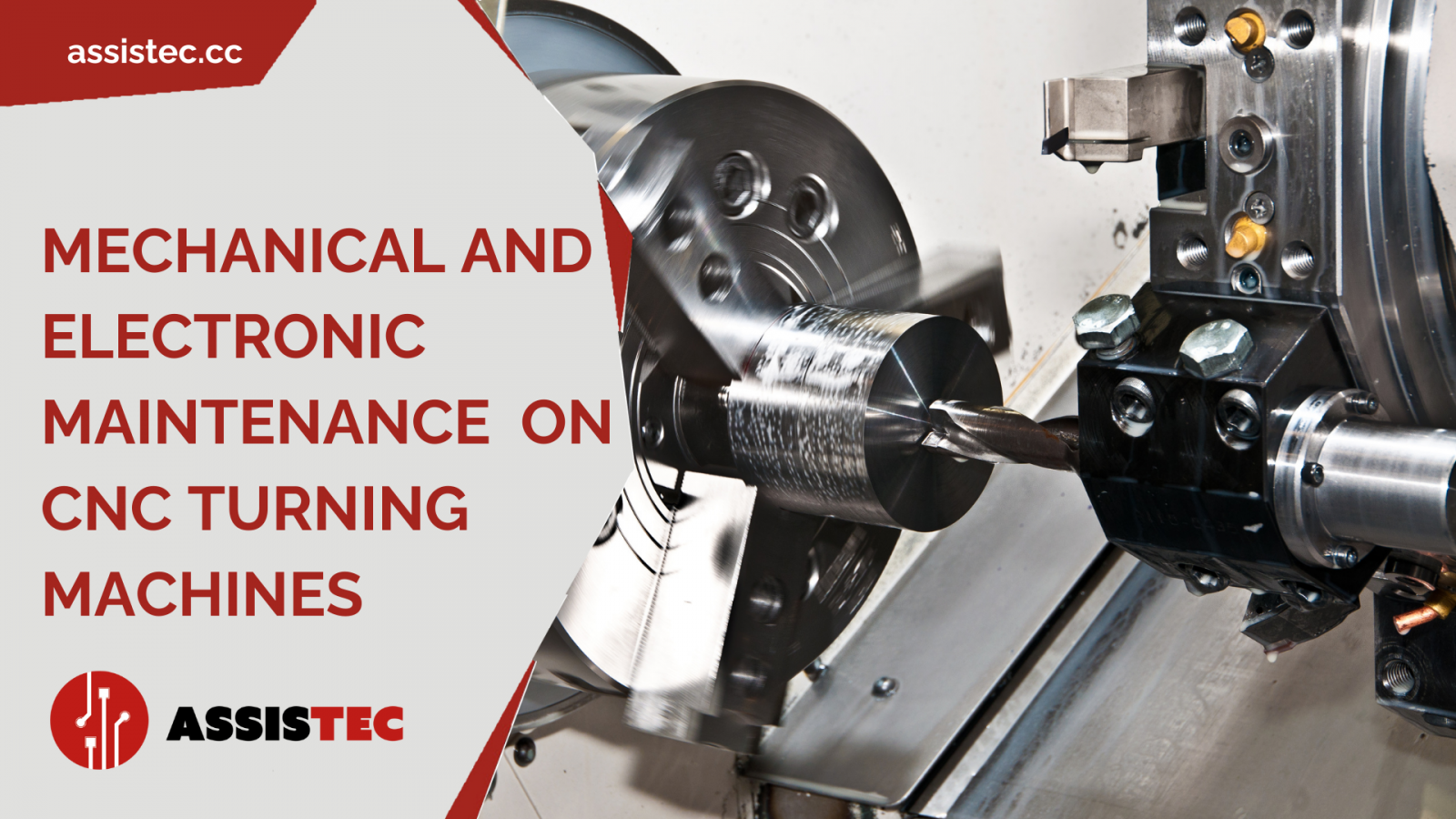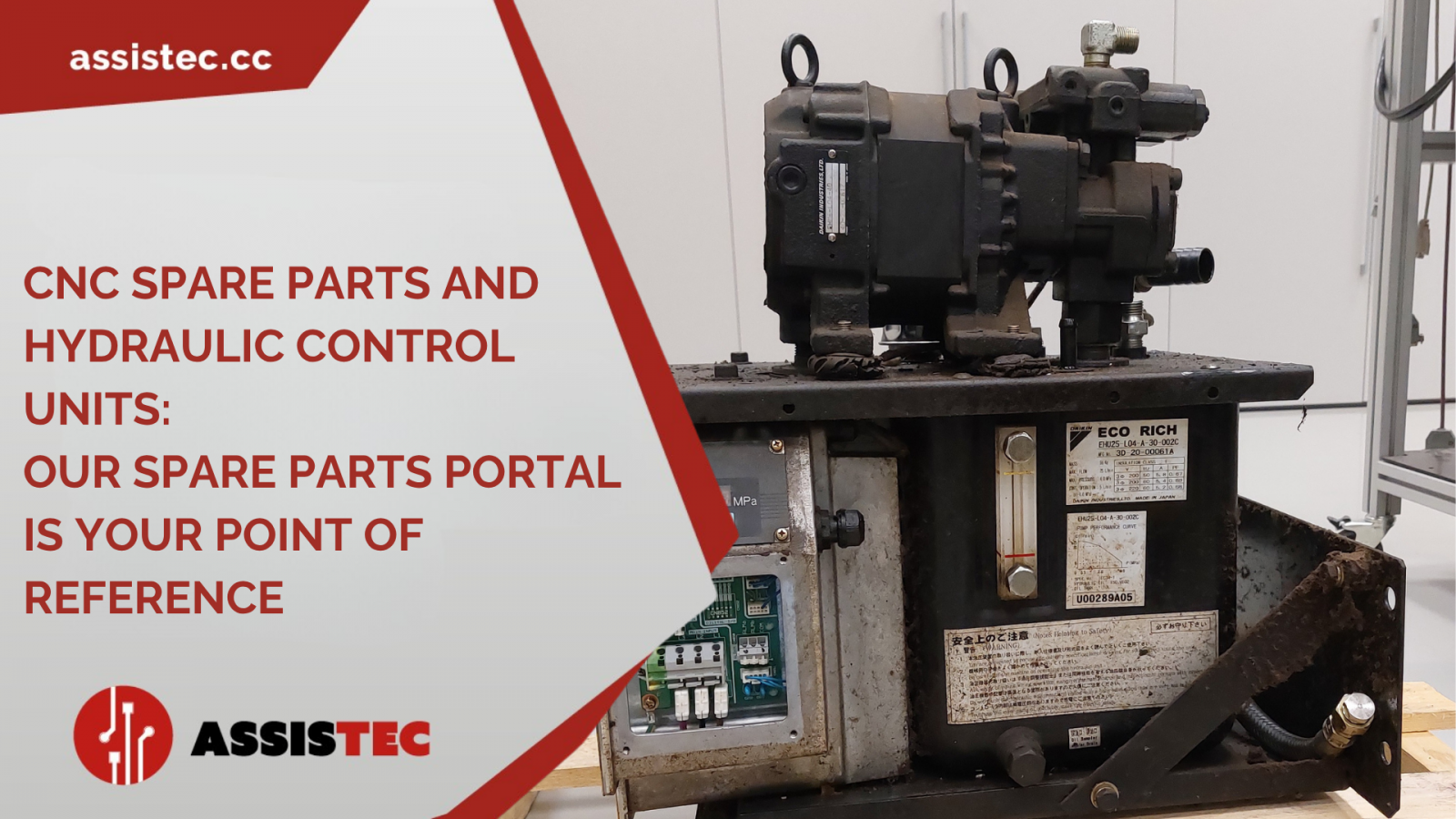In June edition Tecné magazine dedicates extensive space to Robofeed Flexi


The perfect arrangement. The collaboration of Assistec with SCHUNK resulted in the Robofeed Flexi-RC2 line, a modular robotic island that can serve up to three machine tools. by Alfredo Pennacchi
One of the main obstacles a system integrator may encounter during the design and installation of automated systems for the operation of CNC machine tools is the adaptation of the robotic island to the often different workshop spaces.
Commercially available standard solutions cannot always be adapted to the needs of customers and Industry 4.0, and customised solutions greatly increase the planning time and financial investment.
To solve this type of problem, Assistec - which operates in the field of electronic and mechanical assistance for troubleshooting or machine downtime – has designed a robotic system for the servicing of standard machine tools, with a high potential for customisation as well as being able to adapt to most workshop environments. This is how the Robofeed Flexi line was created.
A new concept of robotic island
Robofeed Flexi has a number of technological pluses that set it apart from other robotised islands on the market; in particular, it is the design of the automation system that makes the difference, which consists in the abstract division of space into modules to be dedicated to the island itself and the positioning of the various components in the spaces identified that lend themselves to streamlining processes.
On each module of the island it is possible to position the different elements that make it up: warehouses, robot, racks, loading station, pallet and finishing stations, and quality control. This allows an optimal organisation of space and machining, also due to the dimensions of Robofeed Flexi ranging from 2x3 m to 4x4 m.
Different types of pallets, shelves and magazines can be integrated, such as the new drawer model designed by Assistec; this is a tower-type drawer system - with drawers that are both motorised on the robot side and manual on the operator side - which allows interaction and continuity of production. In addition, the drawer's new workpiece carrier system allows the operator to handle a greater number of machine-processed parts without great physical effort.
Further integrations are available to complete the island, such as 3D vision systems, optical or physical measuring systems, and blowing and reprocessing stations.
Technological pluses for all-round automation
One of the possible configurations of the Flexi line is the Robofeed Flexi-RC2, which is the result of a deep synergy between companies. The configurator was designed by Assistec to enable the best solution to be studied together with the customer to meet their production needs at the time, while an innovative gripping and clamping system developed by the Group SCHUNK GmbH & Co. KG (www.schunk.com) ensures that all blank faces can be processed in complete autonomy. This guarantees an increase in productivity, leaving operators free to devote themselves to other tasks. The most significant innovation can be found in the self-centring vice gripping system, which when completed with the zero-point module provides a perfectly tuned loading and processing system. For this island, we chose the new R-C2 system by Gressel, the self-centring vice that transforms into a gripping hand manufactured by Gressel AG (www.gressel.ch), a Swiss company owned by the SCHUNK group, a historical manufacturer of manual vices. This revolutionary system, designed in collaboration with SCHUNK's Gripping Systems division, allows unmachined parts to be handled and positioned directly on the machine using the zero-point module VERO-S SCHUNK, which was specially developed for automation applications.
The robot picks up the workpiece from the warehouse and brings it to the machine, attaching the gripper to the zero-point module. This step avoids imprecise gripping and unnecessary time wastage. When the processing is finished, the robot simply re-engages the gripper for stocking the workpiece. With RC2 by Gressel, it is possible to add a module for processing a sixth face, through a simple gripper exchange between two grippers. In addition, a limited number of grippers allows parts of various sizes and dimensions to be processed, thanks to the large jaw ranges.
Recent Posts

-
MAPPS Mori Seiki: cutting-edge technology at the service of CNC programming
In the world of CNC machining, Mori Seiki has always been synonymous with precision, efficiency and innovation. Among the systems that have contributed most to building this reputation, MAPPS (Machine Advanced Programming Production System) occupies a place of absolute importance. This hardware, integrated into Mori Seiki machines (updated in CELOS), allows for intelligent management of every stage of production, from programming to simulation. Today, thanks to the many years of experience of the Assistec laboratory, it is possible to repair MAPPS Mori Seiki, with the certainty of turning to a team of qualified, up-to-date and responsive professionals.
-
CNC lathes are the beating heart of many mechanical workshops and manufacturing companies. However, their ability to guarantee precision, production continuity and impeccable finishes depends on a factor that is often underestimated: maintenance. Regular mechanical and electronic maintenance is not only a technical requirement, but also a business strategy that reduces machine downtime, preserves product quality and extends the life of the equipment. This guide explores all the operations necessary for comprehensive maintenance, with practical advice and guidance on when it is essential to rely on specialised professionals.
-
The efficient management of CNC machine tools cannot be separated from a reliable, timely and well-organised spare parts system. This is where the Assistec Spare Parts Portal comes into play, designed to provide concrete support to workshops, maintenance technicians, technical managers and industrial buyers.
Thanks to direct integration with the automated warehouse, the portal allows you to identify and order new and remanufactured components in just a few clicks, with real availability and fast shipping.
Among the most requested spare parts today are hydraulic control units, which are essential for ensuring the operational continuity of CNC systems



